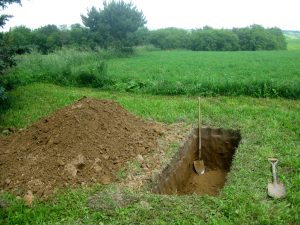On April 17, Dr. Daina Barry of the University of Texas-Austin delivered the 2017 Grace Towns Hamilton lecture at Emory University in which she explored the history of domestic trade in cadavers in the United States. This history, which is chronicled in her book The Price for Their Pound of Flesh, reaches back into the antebellum period, when corpses of enslaved Black people were sold for the purposes of medical research. Using data including, but not limited to, autopsies, medical college anatomy course notes, and grave-robbery notices, Dr. Barry pieced together narratives of how these bodies were obtained and what happened once they were. She reported a statistic asserting that anywhere between 4200 – 8000 human dissections were performed by medical college students between 1760 and 1876. Many Black bodies were mutilated during this course of affairs because they were legally considered chattel, or property, before 1865 and after the creation of state anatomy laws in the 1880s such as The Pennsylvania Anatomy Act of 1883, they were less protected under the law than whites. Dr. Barry utilized Grandison Harris, a Black man purchased by 7 faculty at the Medical College of Georgia in 1852, to illustrate this point. Mr. Harris was hired solely to disinter bodies to be dissected in anatomy classes at the college and robbed many bodies from Cedar Grove Cemetery, a historically Black burial ground, because it was received less protection from thieves than white cemeteries. One particularly interesting element of her historical interpretation is the metaphor of “cultivating the corpse,” much like a crop that must be first planted (buried) then later harvested (exhumed).
This work on the cadaver trade expands the scholarship that explores death as a historical and cultural phenomenon. By digging into evolution of the relationship between institutions such as the law and education, we can understand that death in the United States is culturally constructed. Furthermore, it has serious implications at the intersection of race specifically. For example, if Black bodies were more likely to be disinterred, or disturbed from their final resting place, we should expect the African-American culture to reflect this. Accordingly, Dr. Vanessa Siddle Walker added during the Q&A of the talk that as an undergraduate at the University of North Carolina Chapel Hill in 1976 she was warned to be careful on campus after dark, lest she “end up as a cadaver in the medical school.” Thus, histories of interacting with death and the deceased have far-reaching consequences of our cultural organization and social institutions.

